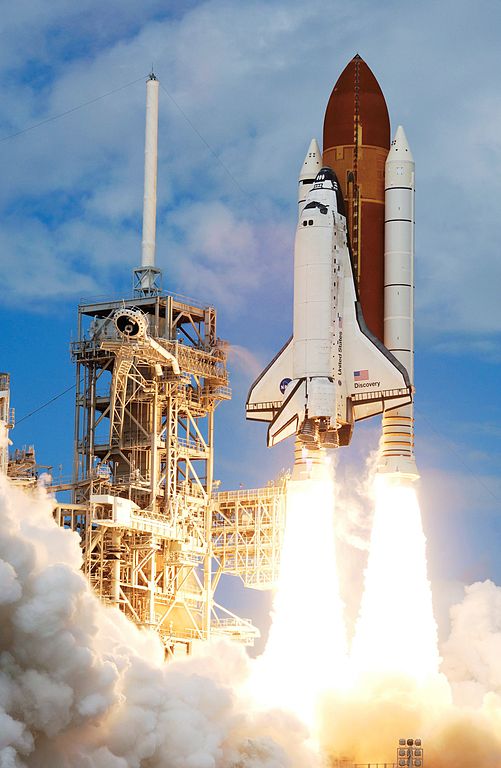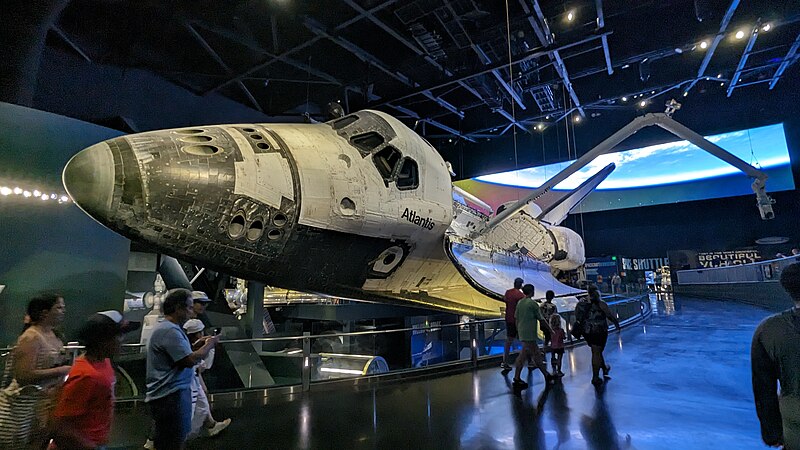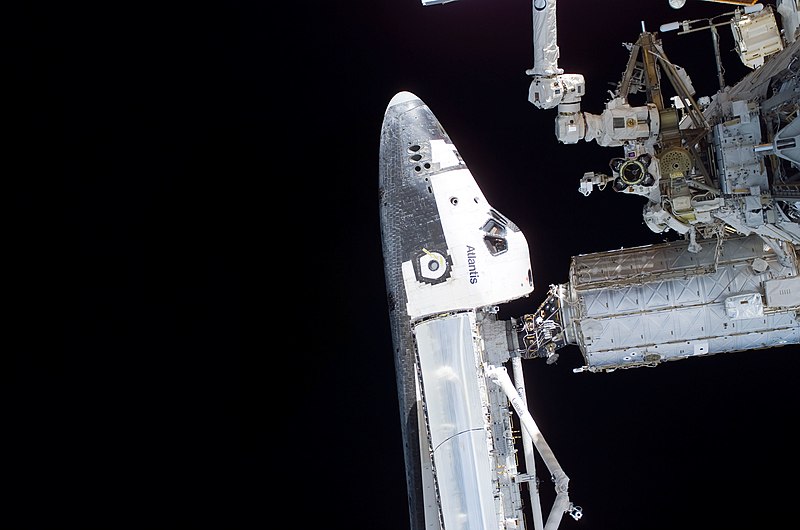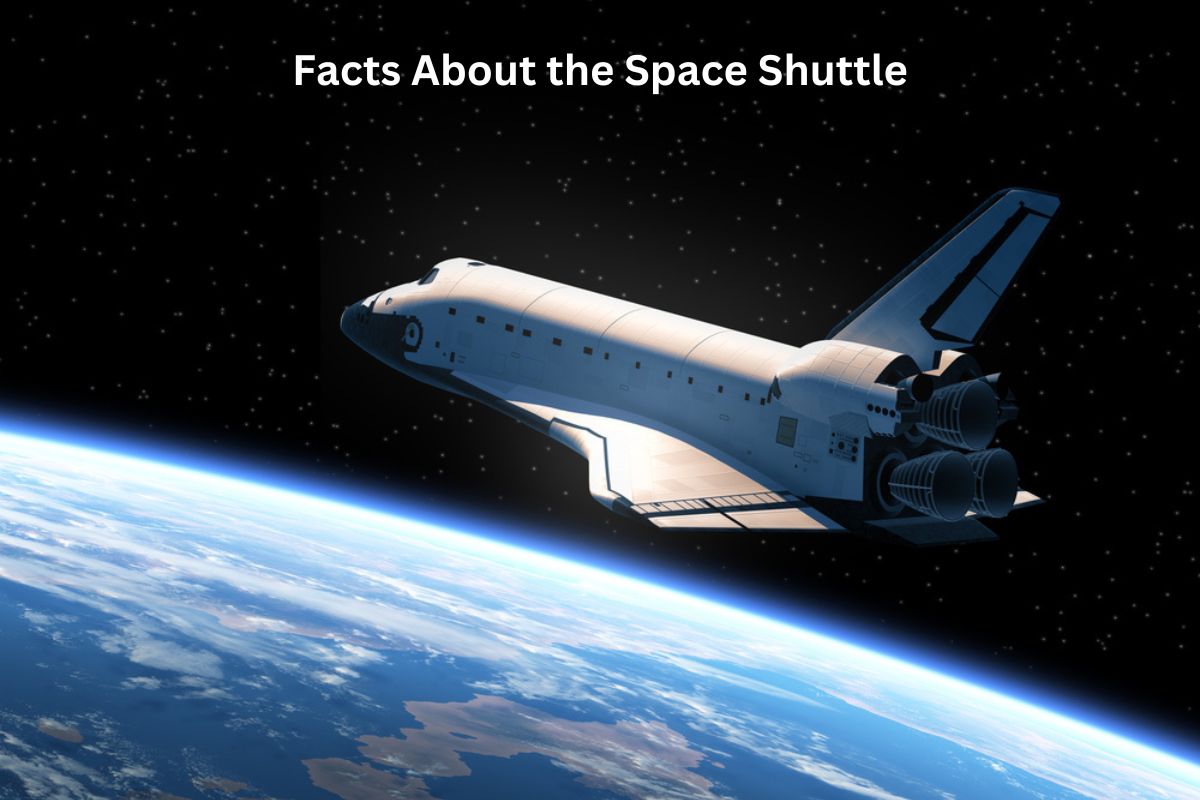The Space Shuttle program, operated by NASA from 1981 to 2011, represented a pivotal era in human space exploration. This iconic program featured the world’s first operational reusable spacecraft, the Space Shuttle, which could launch like a rocket and land like an airplane.
In this era, five distinct orbiters, including Columbia, Challenger, Discovery, Atlantis, and Endeavour, played key roles in satellite deployment, scientific research, and the assembly of the International Space Station (ISS).
This introduction provides a glimpse into the remarkable history and accomplishments of the Space Shuttle program, which left an indelible mark on the course of space exploration.
Space Shuttle Facts
1. First flight in 1981
The Space Shuttle program’s inaugural flight, known as STS-1 (Space Transportation System-1), marked a historic moment in space exploration. It took place on April 12, 1981, and was launched from Kennedy Space Center in Florida.
Also Read: Timeline of the Space Shuttle
STS-1 was commanded by John W. Young and piloted by Robert L. Crippen. The space shuttle used for this mission was named Columbia. The choice of “Columbia” as the first orbiter’s name paid tribute to Christopher Columbus, the famous explorer.

2. Reusable spacecraft
The Space Shuttle was groundbreaking in its design as the world’s first operational reusable spacecraft. Unlike traditional rockets that were used once and discarded, the shuttle’s orbiter, solid rocket boosters, and main engines were designed to be reused for multiple missions.
Reusability aimed to reduce the overall cost of space access by allowing components to be refurbished and prepared for subsequent flights, ultimately making space travel more affordable.
3. Five orbiters: Columbia, Challenger, Discovery, Atlantis, and Endeavour
Throughout the Space Shuttle program’s history, a total of five orbiters were built and operated by NASA. These orbiters were named Columbia, Challenger, Discovery, Atlantis, and Endeavour.
Also Read: Kennedy Space Center History Timeline
Each orbiter had its unique history and missions. Sadly, both Challenger and Columbia met tragic ends. Challenger disintegrated 73 seconds after liftoff in 1986, and Columbia broke apart during reentry in 2003.
These accidents led to significant safety improvements in the program and influenced its eventual retirement in 2011.
4. Extensive cargo capacity
The Space Shuttle had a remarkable cargo capacity, making it a versatile spacecraft for a wide range of missions. It was capable of carrying both large and small payloads into space.
The shuttle’s payload bay had a maximum width of 15 feet (4.6 meters) and a length of 60 feet (18.3 meters), allowing it to transport satellites, scientific instruments, experimental equipment, and even entire space station modules.
This capability made the Space Shuttle a critical asset for deploying, repairing, and servicing satellites in orbit, including the Hubble Space Telescope, which it launched in 1990 and serviced several times during its operational life.

5. Played a key role in constructing the ISS
The Space Shuttle played a pivotal role in the construction and assembly of the International Space Station (ISS). Beginning in the late 1990s and continuing until the program’s retirement in 2011, the shuttle was instrumental in transporting and installing various ISS components.
The shuttle carried not only the core modules of the ISS but also equipment, supplies, and astronauts who conducted spacewalks to assemble and maintain the station.
The cooperative effort of multiple shuttle missions, along with international collaboration, transformed the ISS into a habitable space laboratory where astronauts from around the world conduct scientific research and experiments.
6. Longest mission was STS-80 at 17 days
The Space Shuttle program included missions of varying durations, with the longest recorded mission being STS-80. This mission, which was flown by the orbiter Columbia in 1996, lasted an impressive 17 days, 15 hours, and 53 minutes.
Long-duration missions allowed for extensive scientific research and experiments in microgravity. Astronauts aboard these missions conducted studies in fields such as biology, physics, and materials science, providing valuable insights into how the space environment affects various processes and phenomena.
7. Launched from Kennedy Space Center and Vandenberg Air Force Base
While most Space Shuttle launches occurred from Kennedy Space Center in Florida, there were a few exceptions. In an effort to provide additional launch flexibility and access to different orbital inclinations, the shuttle was also launched from Vandenberg Air Force Base in California.
Vandenberg launches were relatively rare due to its geographic location, which made it suitable for missions with polar or sun-synchronous orbits, where the shuttle would pass over the same region on Earth at roughly the same time each day.

8. Carried over 800 astronauts to space
Over the course of its operational history, the Space Shuttle program carried more than 800 astronauts into space. These astronauts came from various backgrounds and represented diverse expertise, including engineers, scientists, medical doctors, and military personnel.
The Space Shuttle program provided opportunities for astronauts to conduct a wide range of experiments and research in microgravity, contributing to advancements in numerous fields, including medicine, materials science, and space technology.
9. Retired in 2011
The Space Shuttle program officially ended on July 8, 2011, with the final flight of the orbiter Atlantis on mission STS-135. The retirement of the Space Shuttle fleet marked the conclusion of an era in human spaceflight.
NASA’s decision to retire the shuttles was influenced by safety concerns and the program’s high operating costs. The tragic losses of Challenger in 1986 and Columbia in 2003 had a profound impact on the program’s safety protocols and contributed to its eventual retirement.
10. Contributed to satellite deployment, space station assembly, and scientific research.
The Space Shuttle program left a lasting legacy in the field of space exploration. It was instrumental in advancing our understanding of space, enabling scientific discoveries, and fostering international cooperation.
The program’s ability to carry out a wide range of missions, including deploying and repairing satellites, conducting scientific research, and assembling the ISS, contributed to the development of technologies and knowledge that continue to benefit space exploration endeavors today.
The Space Shuttle program also served as a symbol of American space exploration and inspired generations of scientists, engineers, and space enthusiasts.
